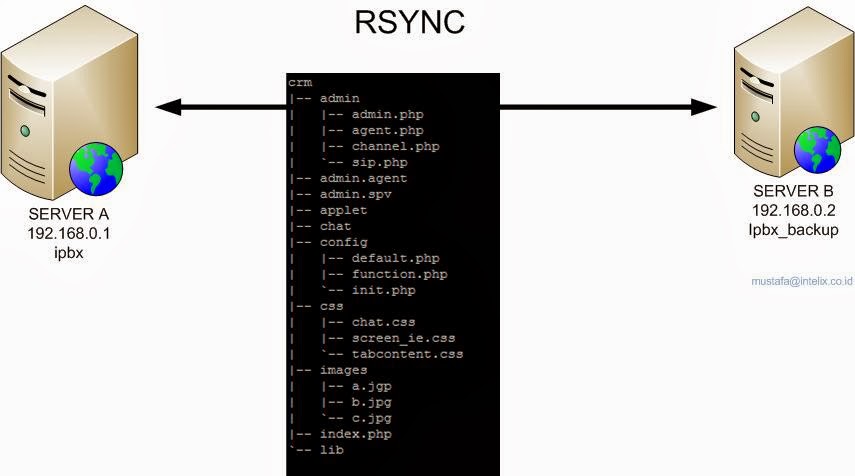

munge-links Munge symlinks to make them safer safe-links Ignore links outside the destination tree copy-unsafe-links Only "unsafe" symlinks are transformed

L, -copy-links Transform symlink into referent file/dir
#GRSYNC FTP HOW TO#
How to copy: -n, -dry-run Perform a trial run with no changes made include-from=FILE Read include patterns from FILE include=PATTERN Don't exclude files matching PATTERN modify-window=NUM Timestamp window (seconds) for file match (default=0) size-only Only use file size when determining if a file should be transferred I, -ignore-times Don't exclude files that match length and time exclude-from=FILE Read exclude patterns from FILE exclude=PATTERN Exclude files matching PATTERN What to copy: -r, -recursive Recurse into directories Here are the commonly used options for rsync, straight from the manual: SOURCE and DESTINATION must be in order!.DESTINATION is the path to the destination you wish to synchronize the file or folder to and can include the details for a remote host.SOURCE is the path to the source of the file or folder to synchronize and can include the details for a remote host.OPTIONS are a list of options from the below list, separated by a space.The rsync command is BIG, and we’ll get you started with some practical applications that will cover the most common usage scenarios in this guide.

Rsync can and will copy just about every file it can see and will synchronize based on file size and modification date to see what’s changed and what needs to be updated. It is commonly used for backing up files, keeping file servers up-to-date with each other, and for deploying code and assets for web apps to servers. The rsync ( remote synchronization) command is a file copy tool that can synchronize files across local storage disks as well as over a network.


 0 kommentar(er)
0 kommentar(er)
